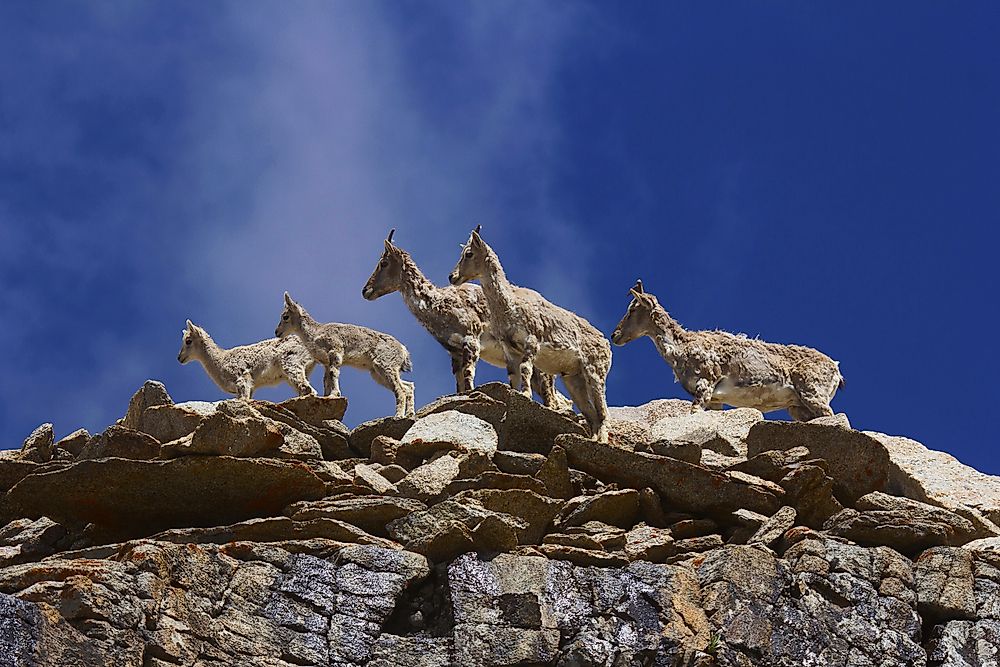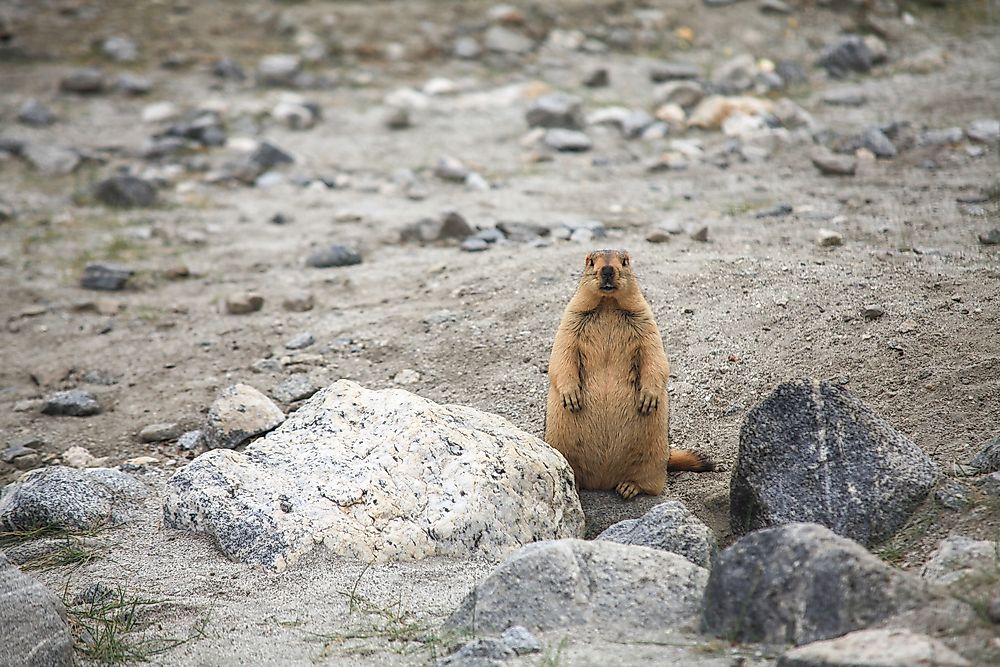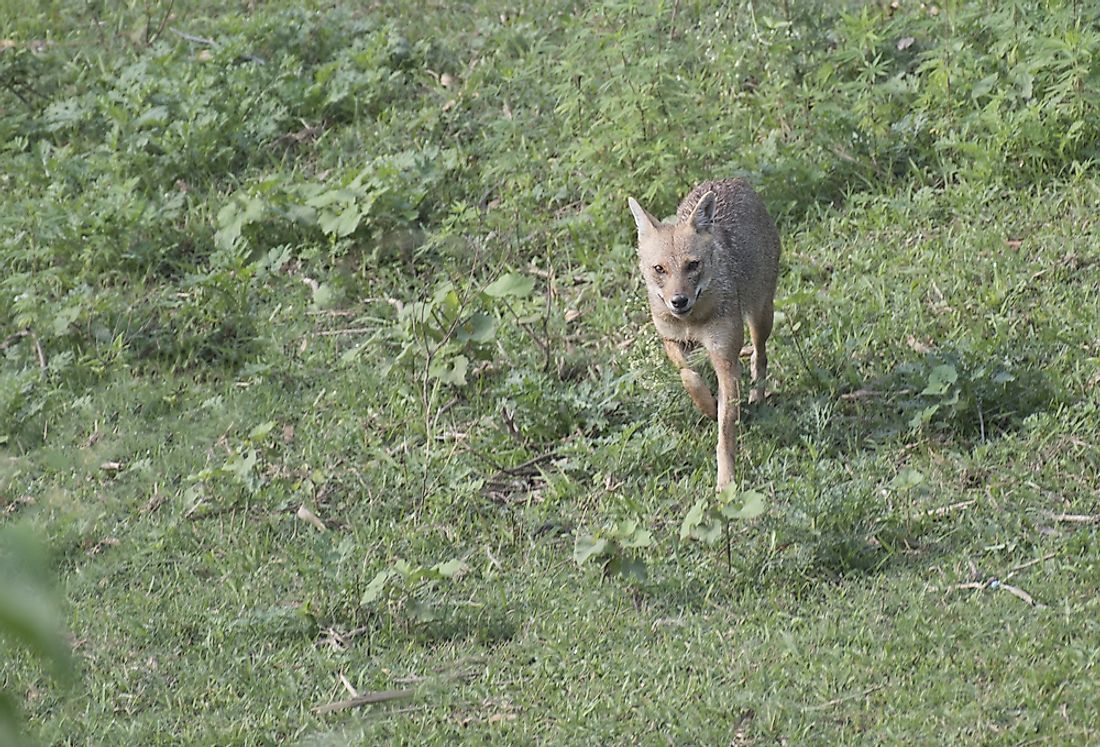- Copy to clipboard
- Thread starter
- Moderator
- #51
- Jan 25, 2024
- 111,139
- 834
- Origin

- Residence

Animals That Live In Pakistan — Pakistan Animals
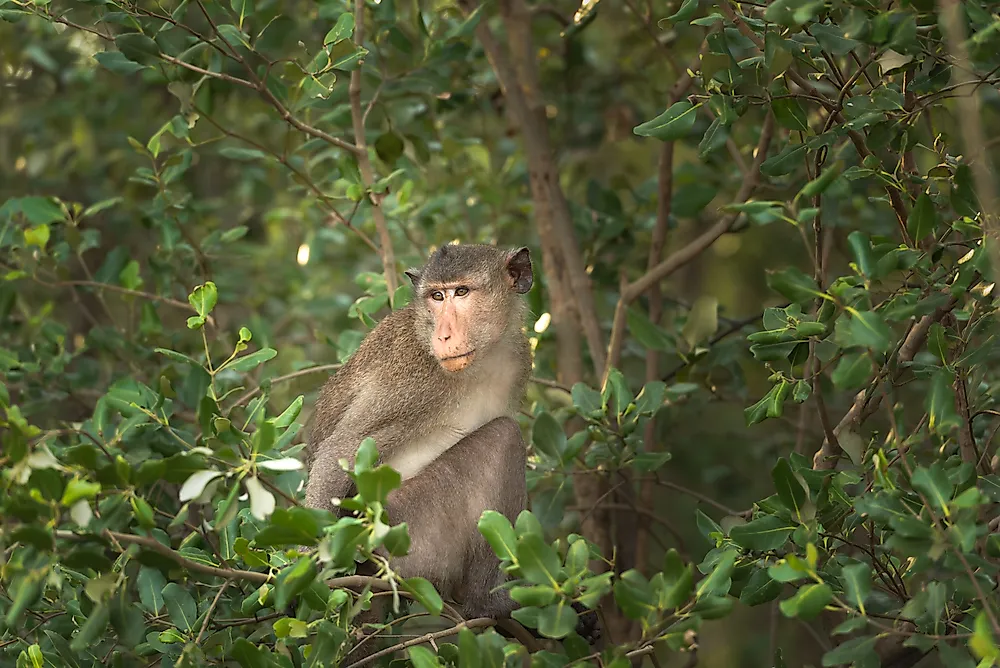
Rhesus macaques are native to the Southeast, Central, and South Asia.
Pakistan is a South Asian state with a diverse fauna which includes 660 bird and 177 mammal species. The country’s unique fauna is related to its position in the transitional zone right between Oriental and Palearctic zoogeographical regions. Pakistan’s fauna reflects the state’s varied climate. Majority of the birds in the country are migratory coming from India, Central Asia, and Europe. Some of the animals of Pakistan include:
10. Snow Leopard
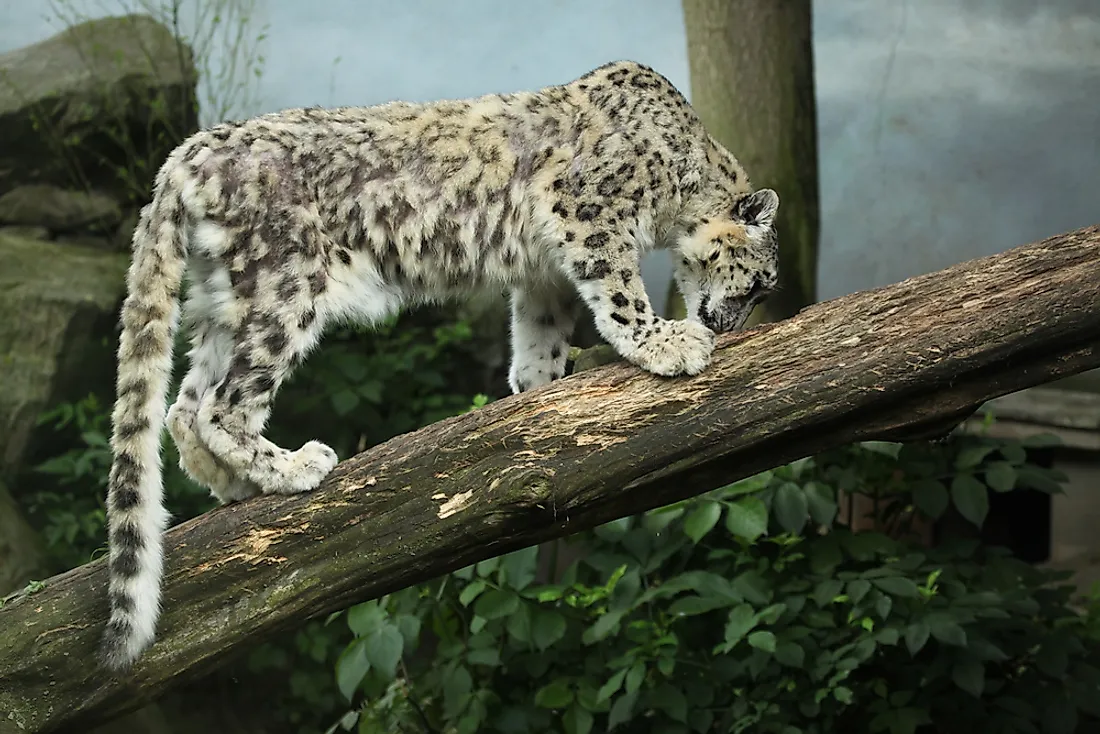
The snow leopards are huge cat species which are indigenous to the mountainous ranges of South and Central Asia. These creatures are listed as vulnerable since their population had reduced to between 4,678 and 8,745 by 2016. The body weight of the snow leopards ranges from 49 to 121pounds with some bigger male weighing up to 165 pounds.
Their head-and-body length is about 59 inches while their shoulder height is approximately 22 inches. These cats have a 41-inch long tail. Their fur is gray to white with numerous black spots on its neck and head.
They have large rosettes on their bushy tails, flanks, and backs. The hairs on their furs are about 4.7 inches long. The bodies of these snow leopards are stocky with short legs, and they are smaller in size than all the other cats belonging to the genus Panthera. Their eyes are grey or pale green.
9. Rose-Ringed Parakeet
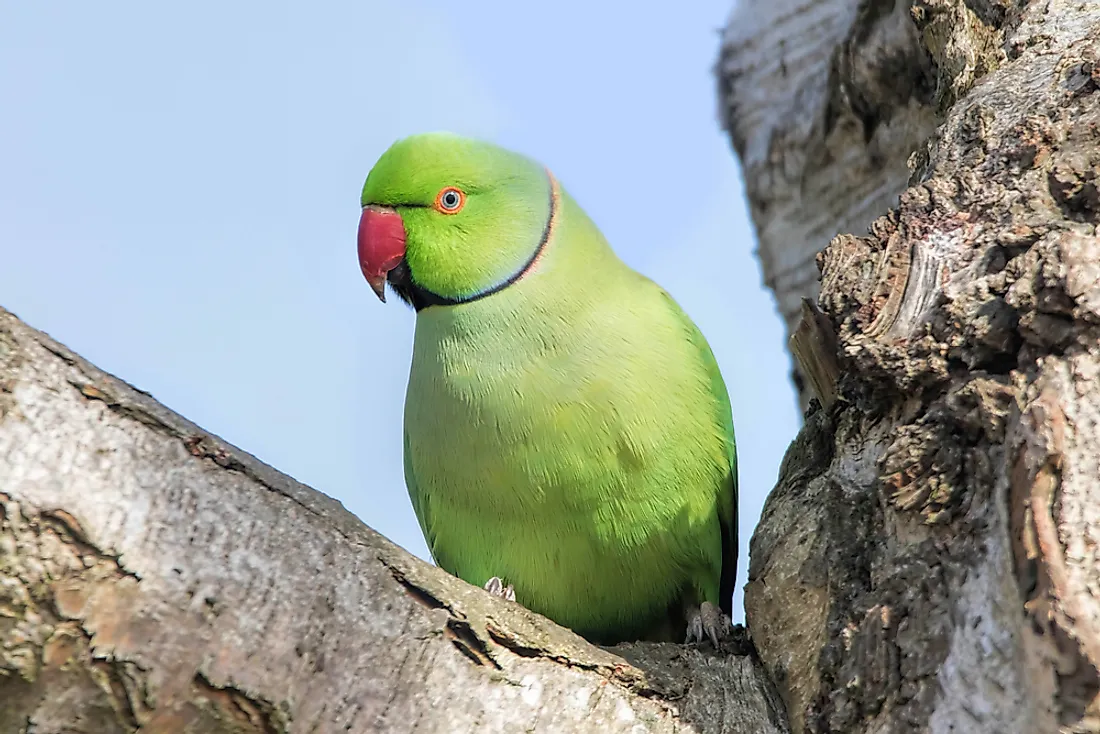
The rose-ringed parakeets are medium-sized psittacines which belong to the genus Psittacula. These parrots are sexually dimorphic. The mature rose-ringed parakeets have black and red neck rings while the female and young ones have no ring or a shadow-like dark grey ring. They have a unique green color and are 16 inches long, with their feathery tails representing a bigger part of their length. The wings of a mature parrot are about 6.9 inches each. They are noisy creatures with a unique squawking call. A rose-ringed parakeet can be taught how to speak.
8. Indus Valley Toad
The Indus valley toads, also known as Bufo stomaticus, are toad species which are indigenous to numerous Asian countries including Nepal, Afghanistan, Iran, Pakistan, and Peninsula India. These toads do not have a cranial crest, and the gap between their eyes is larger than their upper eyelids. They have a spiny ridge on their tarsus with their second and first fingers being almost equal in size. The toads have a white underside with some darker mottling on their throat. They have three dark bands on their forearms.7. Pallas's Cat
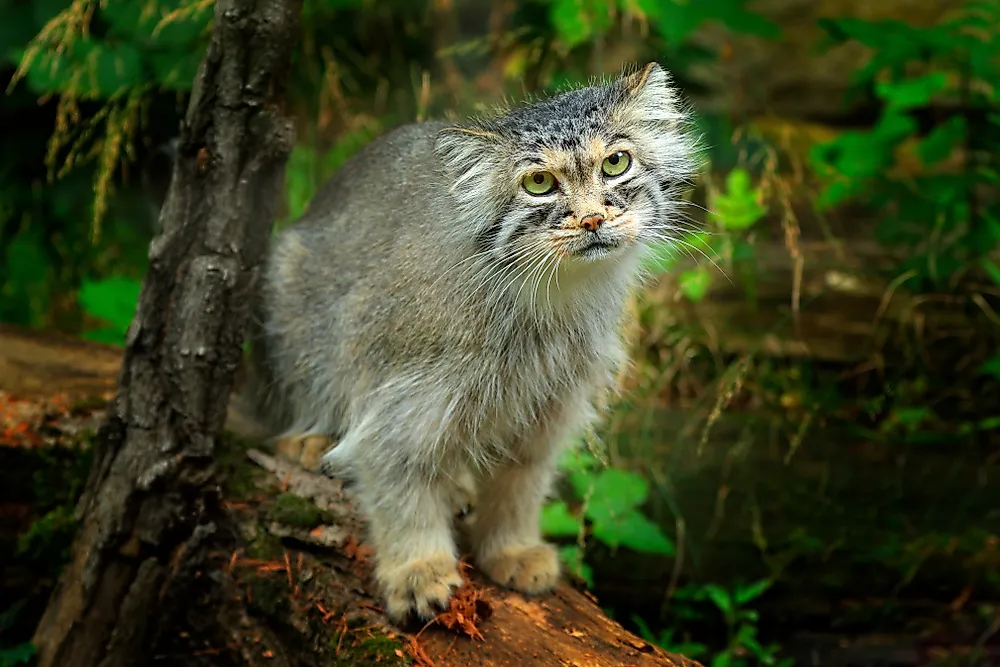
Pallas’s cats are small wild felines which are indigenous to Central Asia. The Pallas’s cats are listed as Near Threatened. They were named after Peter Pallas, a German naturalist who described them under Felis manul in 1776. Their body size ranges from 18 inches to 26 inches with a 12.2 inch tail. These cats weigh about 9.9 pounds. Their dense, long fur and stocky posture make them appear plush and stout.
Their furs are ocher with some darker vertical bars on their forelegs and torso. Their winter coats are greyer with fewer patterns than their summer coats. Their foreheads have some dark spots. They have black rings on their tails. The throat and chins of these cats are white. They have white cheeks with some black stripes which run from the corner of their eyes.
6. Ladakh Pika
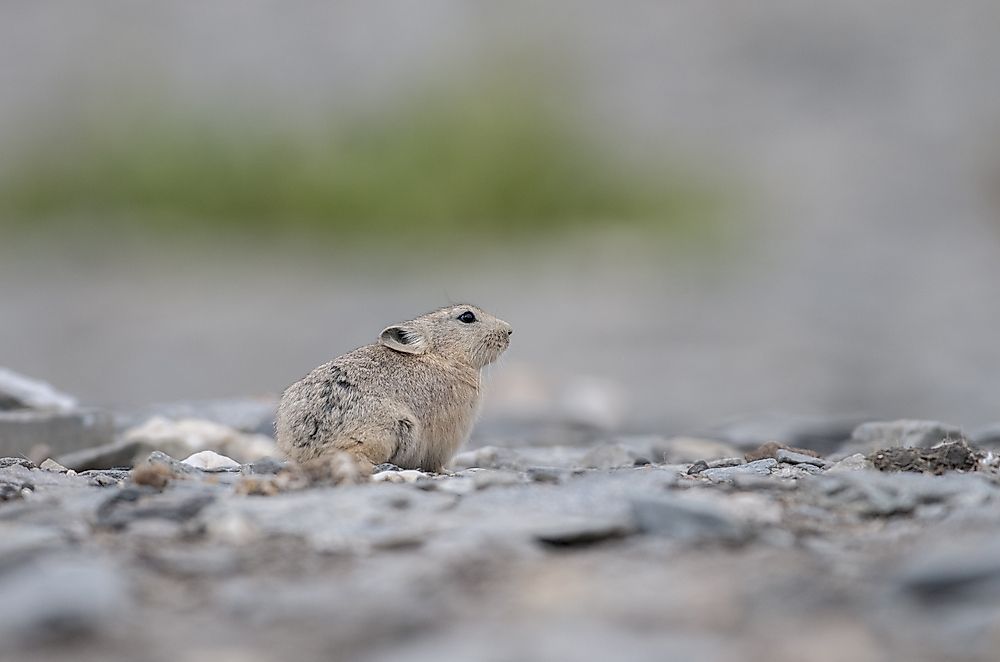
Ladakh pikas are mammal species belonging to the family Ochotonidae and are indigenous to Pakistan, India, and China. The Ladak pika was previously known as plateau pika because of their similarities and color. However, the difference between these two species includes the small auditory bullas which are on the Ladak pika, plus they have differently arched skulls.
Their furs are light grey/brown with their underside being white/yellow. The body length of these species ranges from 7 inches to 9 inches.

